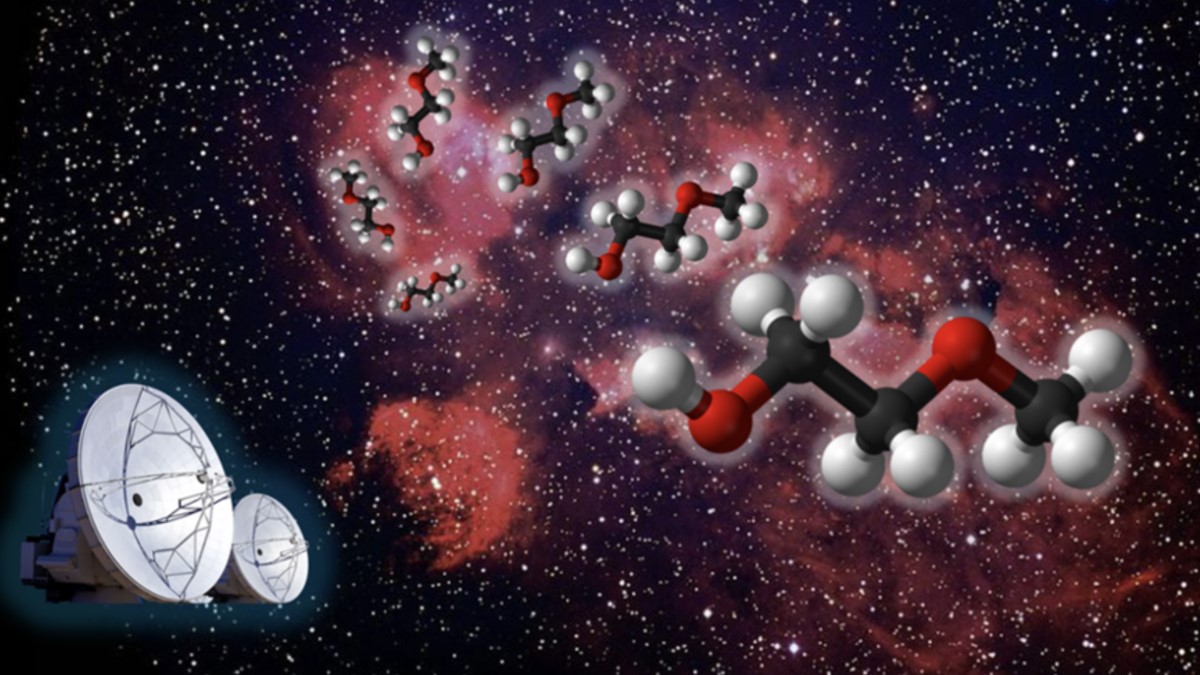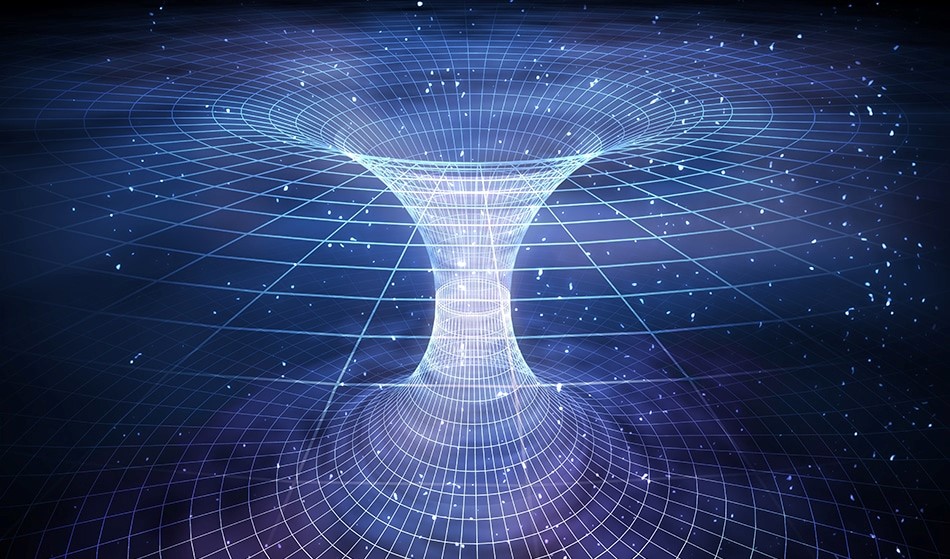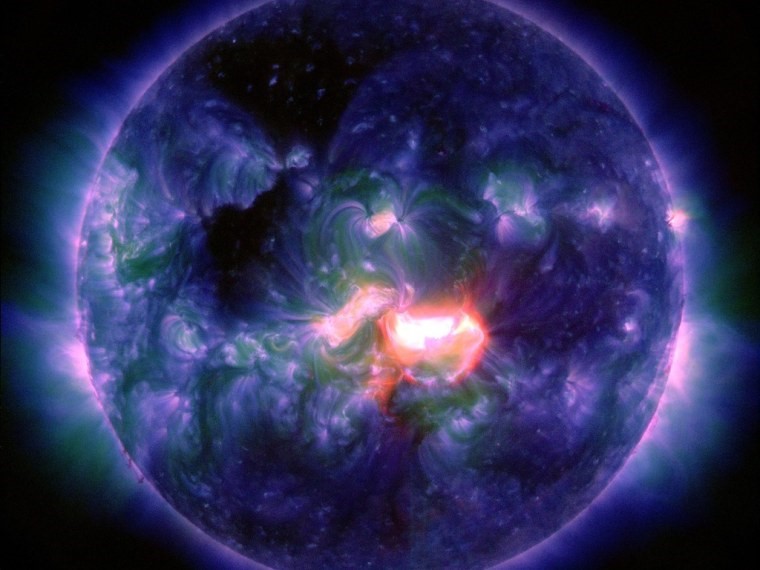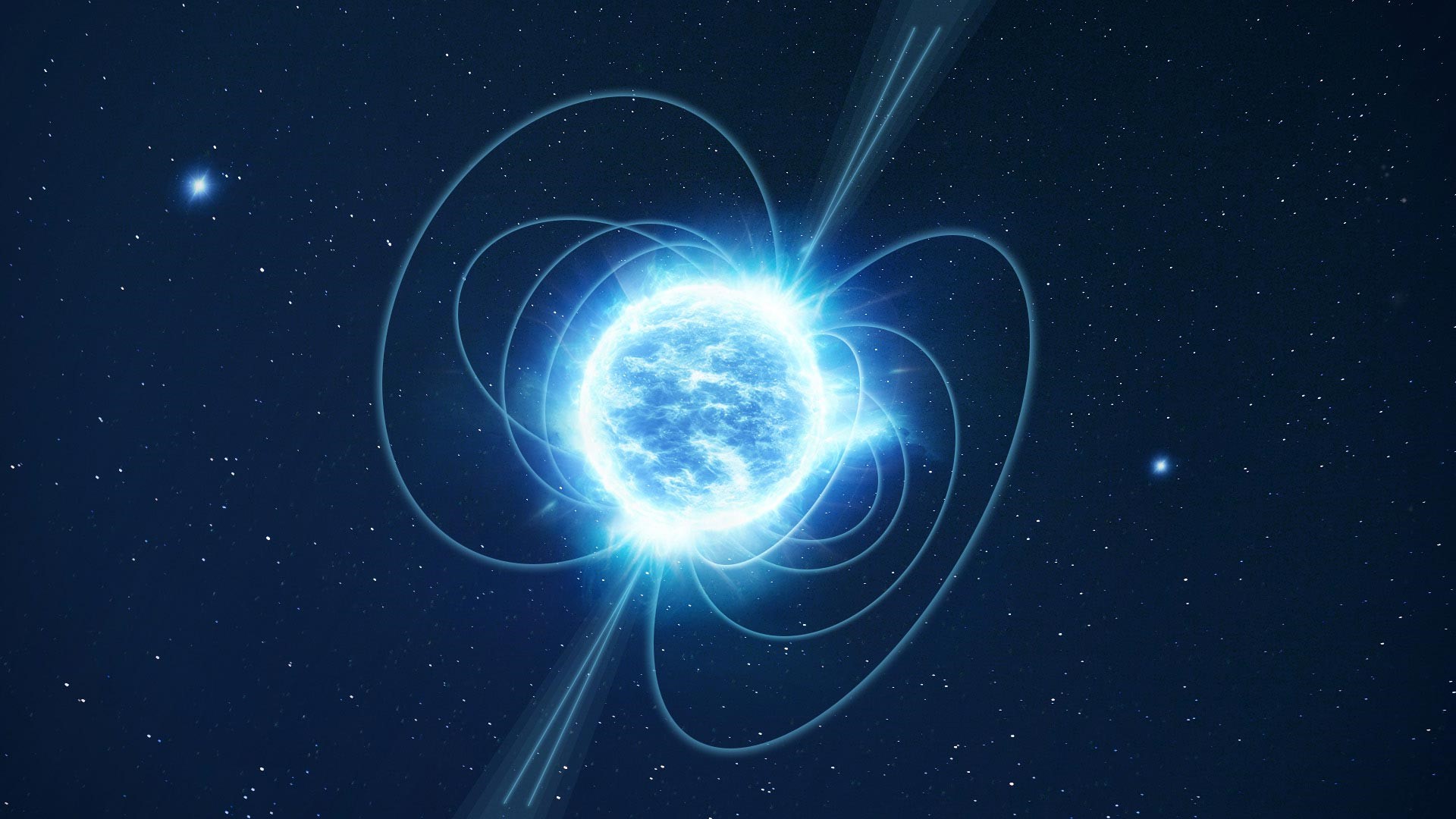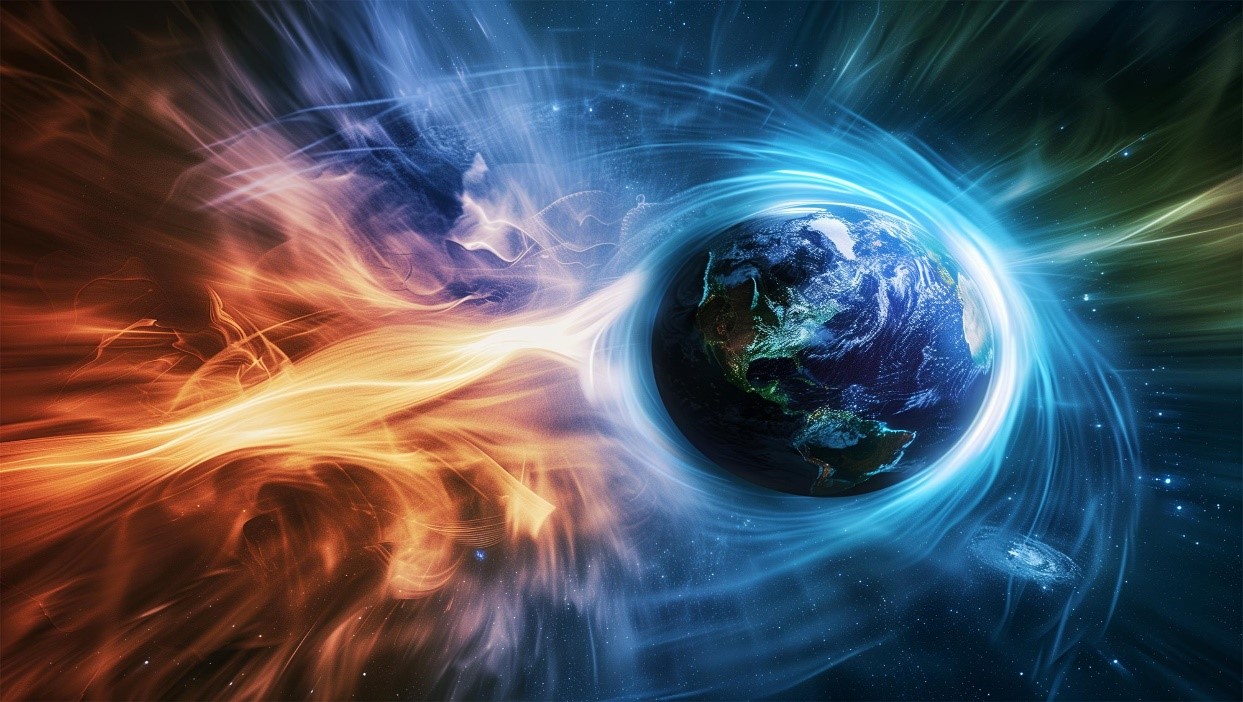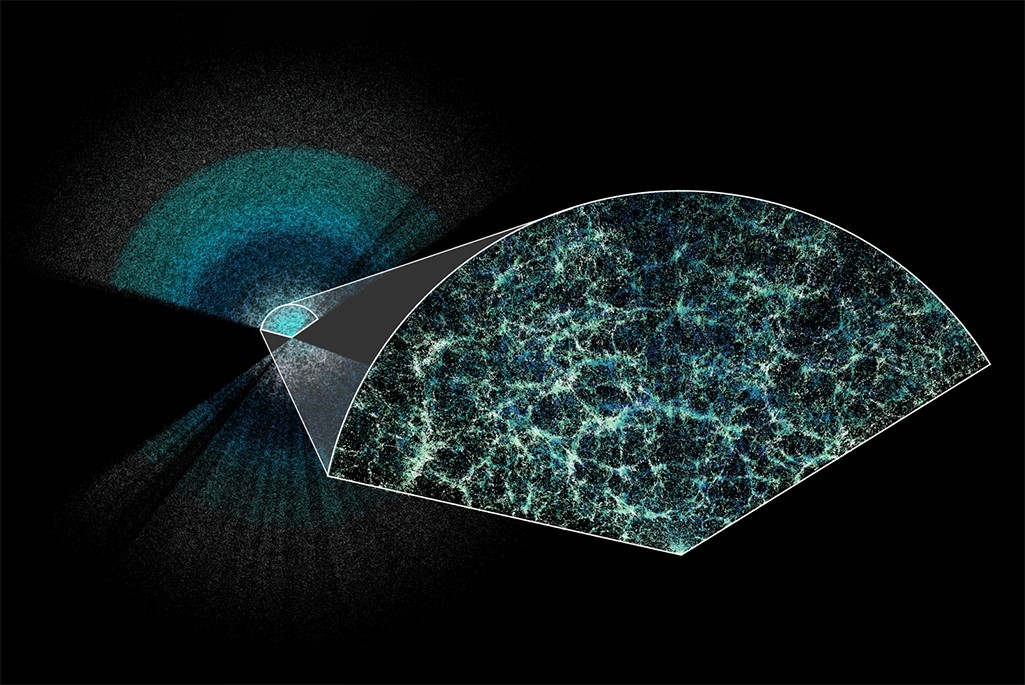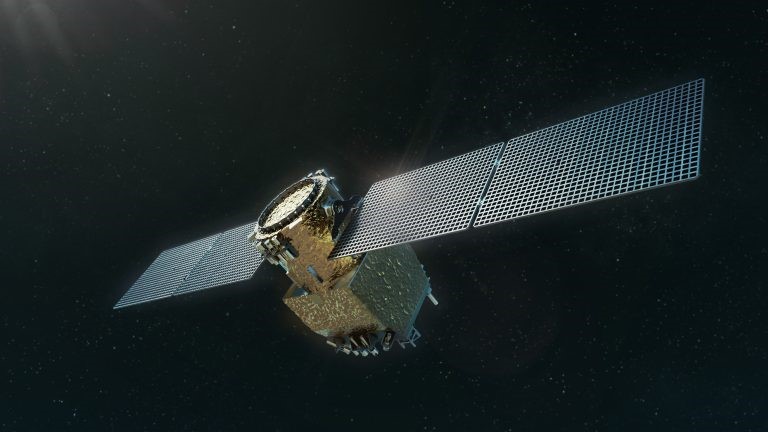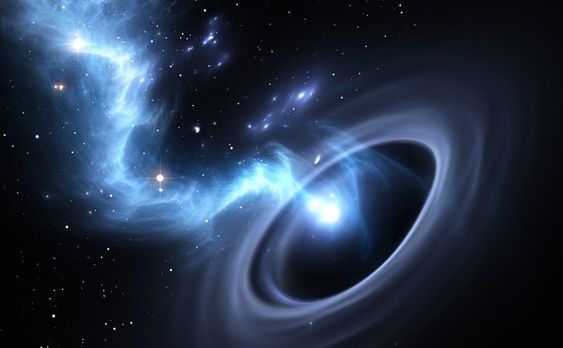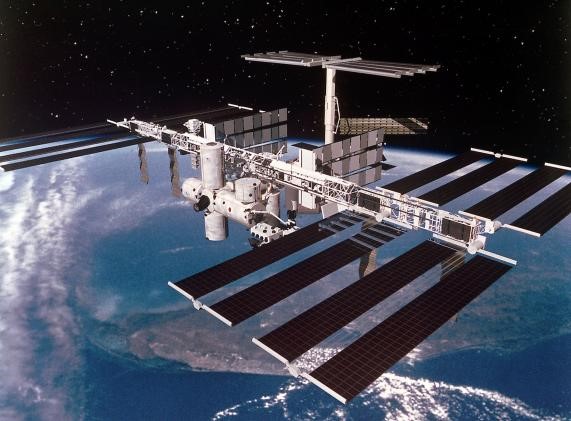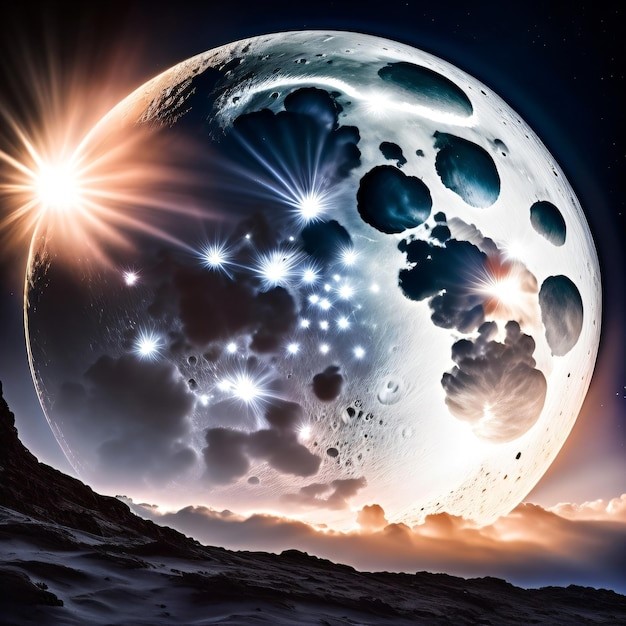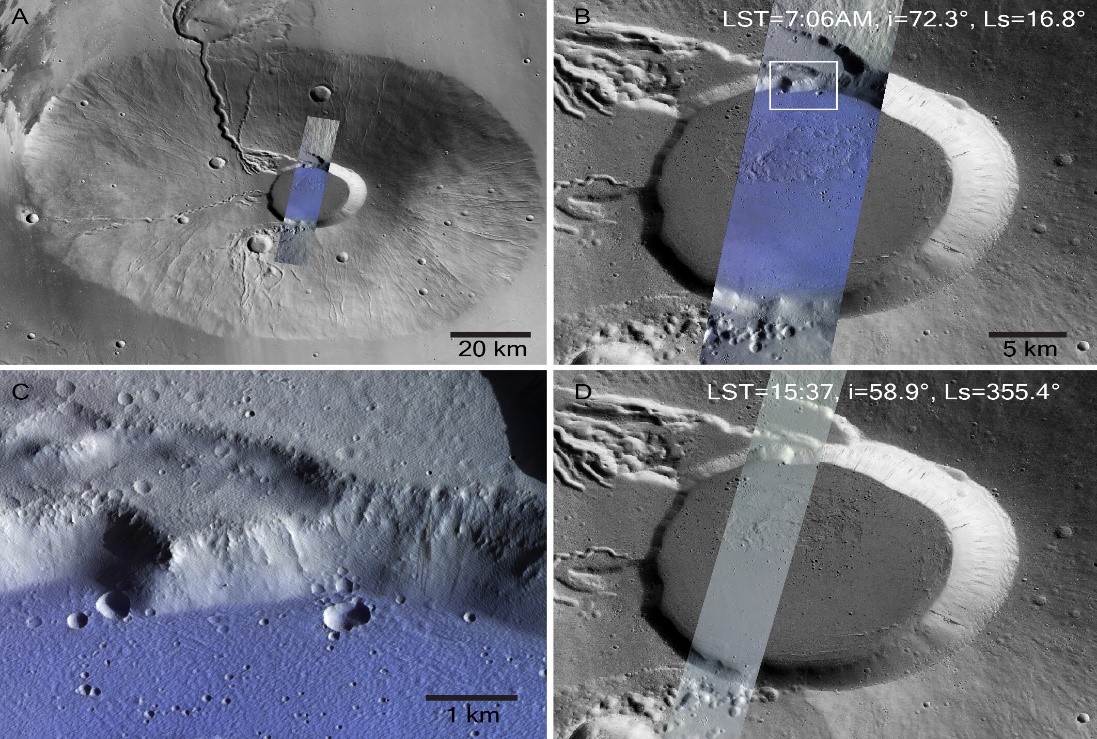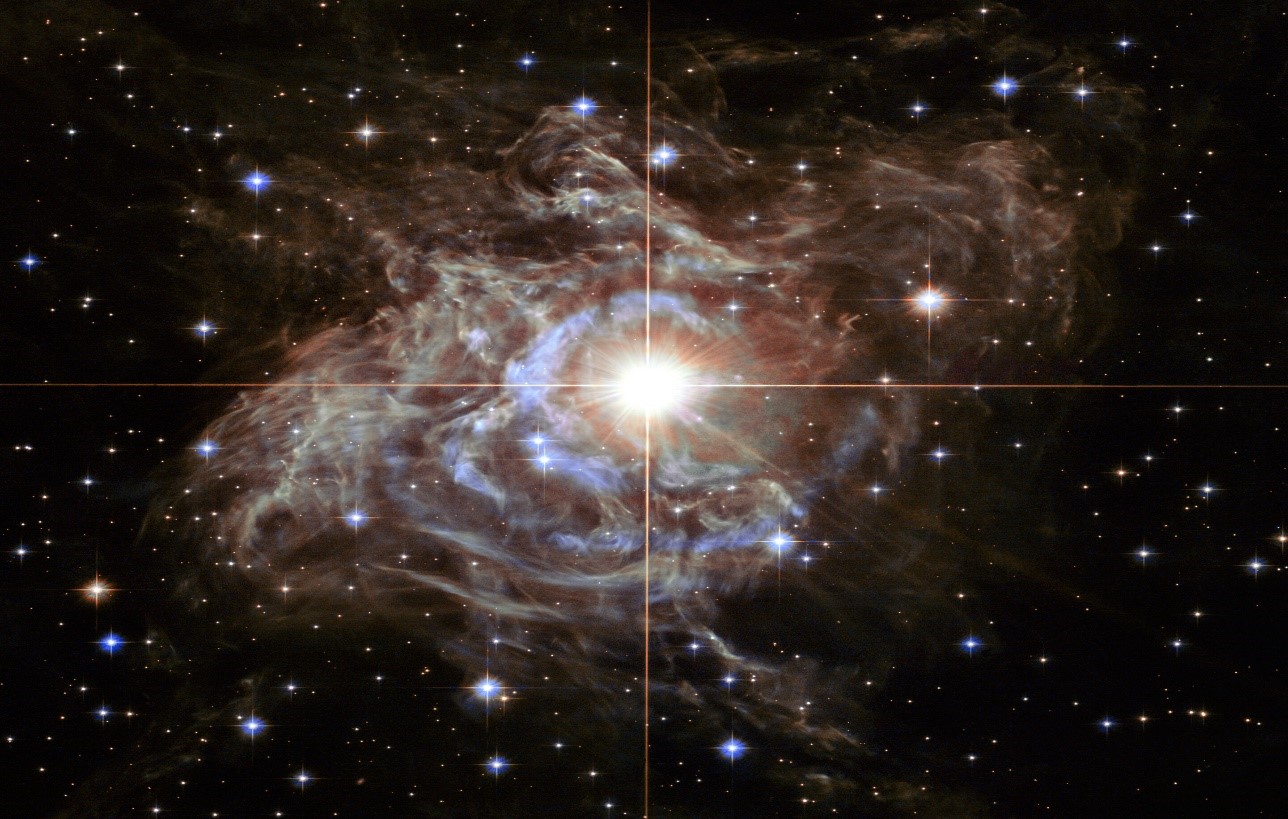Improving Space Weather Forecasting Is Essential to Safeguard Future Artemis Astronauts
NASA has targeted the moon for renewed exploration, with plans to return astronauts to its surface by 2026 and establish a sustained presence by the 2030s. However, the lunar environment is inhospitable to human habitation. Cosmic rays originating from distant stars and galaxies, along with solar energetic particles emitted by the sun, bombard the lunar surface. Exposure to these particles poses significant risks to human health.
Galactic cosmic rays and solar energetic particles are both composed of high-energy particles that travel at velocities close to the speed of light. Galactic cosmic radiation reaches the moon in a steady stream, whereas energetic particles from the sun can arrive in sudden bursts. These particles have the capability to penetrate human tissue and heighten the risk of cancer.
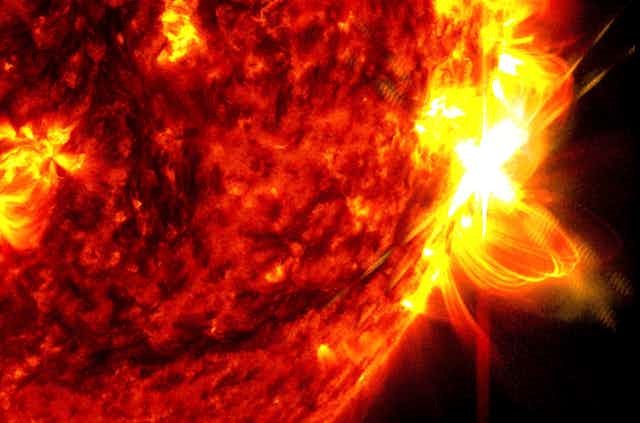
Figure 1. The Sun Can Emit Bursts of Energetic Particles
Figure 1 shows The Sun Can Emit Bursts of Energetic Particles. Unlike Earth, which benefits from a protective magnetic field that shields it from high-energy particles from space, the moon lacks such a safeguard. As a result, its surface is exposed and vulnerable to constant bombardment by these particles. [1] During a significant solar energetic particle event, the radiation exposure inside a space suit could surpass 1,000 times the dose received by someone on Earth. This level exceeds an astronaut's recommended lifetime limit by tenfold.
NASA's Artemis program, launched in 2017, aims to return humans to the moon for the first time since 1972. At the University of Michigan's CLEAR center, the Center for All-Clear SEP Forecast, my colleagues and I are focused on predicting these solar particle ejections. Enhancing our ability to forecast these events could play a crucial role in safeguarding future Artemis crew members.
An 11-Year Solar Cycle
In 2024, the moon is experiencing elevated levels of radiation due to the sun nearing the peak of its 11-year solar cycle. This cycle is driven by fluctuations in the sun's magnetic field, which undergoes significant changes every 11 years. During periods of maximum solar activity, such as now, as many as 20 large solar energetic particle events can occur annually. Solar flares, sudden bursts of electromagnetic radiation, and coronal mass ejections, expulsions of large amounts of matter and magnetic fields from the sun, both contribute to the production of energetic particles.
The sun is projected to reach its solar maximum in 2026, coinciding with the targeted launch of the Artemis III mission, which aims to land astronauts on the moon's surface. While scientists can track the sun's cycle and forecast general trends, predicting the exact timing and intensity of each solar energetic particle event remains challenging. Future lunar astronauts will require an advanced warning system capable of more precise predictions of these events before they occur.
Predicting Solar Events
In 2023, NASA established a five-year space weather center of excellence named CLEAR, dedicated to forecasting the likelihood and intensity of solar energetic particle events. Currently, forecasters at the National Oceanic and Atmospheric Administration Space Weather Prediction Center, responsible for monitoring solar events, cannot issue warnings for incoming solar energetic particle events until they directly observe a solar flare or coronal mass ejection. These events are detected by observing the sun's atmosphere and measuring the X-rays emitted by the sun.
Upon detecting a solar flare or coronal mass ejection, high-energy particles typically reach Earth in less than an hour. However, astronauts on the moon's surface would require more lead time to seek shelter. At CLEAR, our team aims to predict solar flares and coronal mass ejections before they occur, enhancing safety measures for lunar missions.[2] While the precise causes of solar events remain partially elusive to scientists, it's well understood that the sun's magnetic field plays a pivotal role. Researchers focus on analyzing the strength and complexity of magnetic fields in specific regions on the sun's surface.
At the CLEAR center, we monitor the sun's magnetic field using data collected from both ground-based and space-based telescopes. Leveraging this data, we develop machine learning models aimed at predicting solar events—ideally with more than 24 hours of lead time. Additionally, our forecast framework at CLEAR aims to anticipate when particle flux levels will decrease to safe thresholds. This capability will enable us to advise astronauts on the lunar surface when it's safe to exit their shelters and resume their activities.
References:
- https://theconversation.com/space-weather-forecasting-needs-an-upgrade-to-protect-future-artemis-astronauts-224921
- https://phys.org/news/2024-06-space-weather-future-artemis-astronauts.html
Cite this article:
Janani R (2024), Improving Space Weather Forecasting Is Essential to Safeguard Future Artemis Astronauts, AnaTechMaz, pp.29


